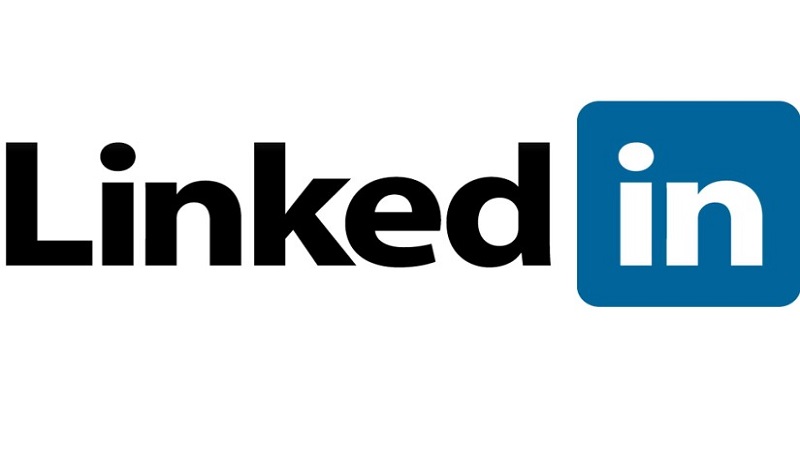It’s no secret that Artificial Intelligence (AI) is having an immediate effect on how businesses operate today. However, one area of business where AI is having the biggest impact is sales, with UK sales leaders anticipating AI adoption in their industry to grow over 150% by 2020.
Executed correctly, AI now has the potential to revolutionise sales and marketing processes, enabling companies to increase the speed, accuracy and output of lead and revenue generation. AI can not only assist in identifying and targeting ideal customers, but it can be leveraged to align sales and marketing activity and deliver integrated campaigns, ensuring the right person can be contacted at the right time, in the right way, with the right message.
James Isilay, Founder and CEO, Cognism, outlines how lead generation has transformed to become far more scientific than ever before, and how companies that use relevant, intelligent, accurate and timely data will reap the rewards.
The sales funnel is broken
The introduction of GDPR undoubtedly disrupted the way marketing teams carry out inbound digital marketing and sales strategies. However, it has been a long overdue wake up call for the industry: organisations have realised the poor quality of their data which until now, has resulted in inefficient and ineffective marketing outreach.
GDPR has forced companies to take a look at the data they are using and how they are using it. A key aspect of the regulation is ensuring that data is fully up to date; a welcome side effect of this is that it means every outreach is more relevant and effective. And it’s not just about ensuring the contact details are up to date: it is about leveraging detailed, up to date insight to rapidly identify new revenue streams.
Strategy and data
Customer and prospect data can be an incredibly valuable resource, but it can also be a liability. Poor quality contact and lead data is certainly one of the most frustrating aspects of any B2B outbound sales campaign. From job changes to company acquisitions, data is always in motion. In fact, approximately a third of CRM data degrades every year with most sales teams using data that is 60% out of date. Improvements to the sales process must be supported by a completely different approach to data sourcing: static CRM is no longer good enough, so B2B sales organisations need access to fresh, accurate and GDPR compliant data.
New business relies on new opportunities. From identifying an existing customer that moves to another company or champions promoted within an existing customer, there is always an opportunity to upsell or find a new prospect. In order to regain data confidence, fix the broken sales funnel and ultimately achieve revenue growth, a more scientific and strategic approach to data sourcing is required.
Data with a fourth dimension
Relevant data is essential if businesses want to ensure they are reaching the right contacts. In addition to the two dimensions of company and people, adding the third dimension of events and fourth dimension of real-time data completely transforms the way in which a business can identify and reach its total addressable market. But how can companies bring the science into their sales strategy and ensure their data is fresh and up to date? The answer is AI.
Bringing science to sales
From LinkedIn Profile to company websites to corporate announcements, these data points are crucial sources of information for the sales team when it comes down to adding a fourth dimension of time into data. Artificial Intelligence powered data tools can provide a deep data resource, allowing sales teams to access the information they need to ensure strategic and effective outreach. Data profiles include skill sets, education, time in certain roles, even specific technologies that are in use which is everything needed for a successful sales call to identify hot leads.
This sales intelligence extends across the globe and into every industry allowing B2B lead generation to be based on specific triggers allowing the sales team to hone their pitch and improve responses. The fourth dimension of time remains key in this strategy as it enables the sales team to exploit specific events such as funding rounds or geographic expansion and target the right prospect at the right time.
What makes this strategy truly smart and strategic is the feedback that is provided by Revenue AI. With each new outreach campaign, responses are fed back into the system, providing further insight and a better understanding of personas and their reaction to specific messaging – it is Revenue AI’s constant feedback loop that ensures the sales and marketing activity retains momentum and continues to deliver value.
Conclusion
With current outreach activity wasting time by using out of date contacts and failing to maximise revenue growth, the case for sales to be underpinned by a scientific strategy is clear. Few companies have achieved a truly scalable, integrated and harmonised B2B sales operation that maximises opportunities, but those who have are certainly reaping the benefits and seeing significant growth.
Like science, B2B sales success is all about the metrics – it’s about understanding and refining the process and ensuring that the right team structure is in place. With the right sales model that is underpinned by AI, a company can quickly and effectively explore and exploit a source of accurate, fresh, real-time data to achieve fast, targeted and timely B2B lead generation and sales activity that is effective and efficient.
Image by TeroVesalainen from Pixabay











